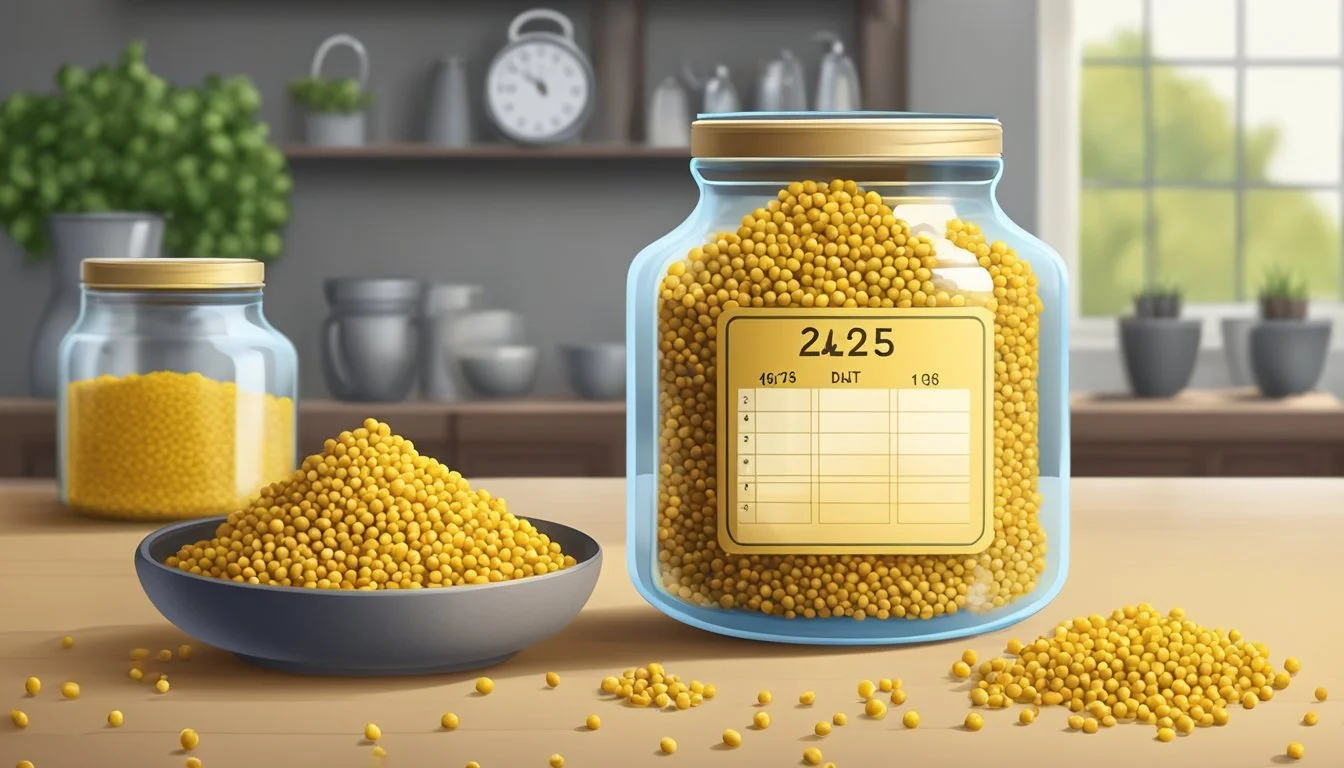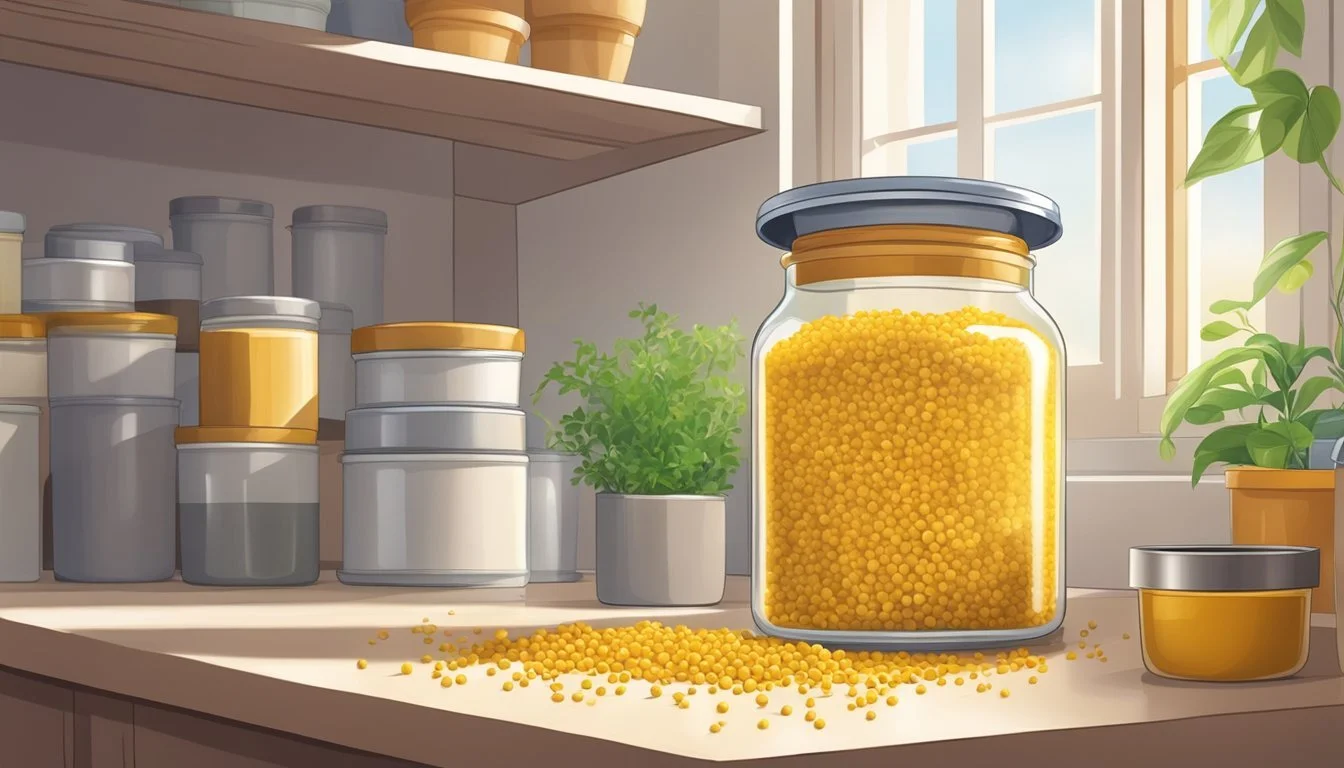How Long Do Yellow Mustard Seeds Last?
Shelf Life and Storage Tips
Yellow mustard seeds, a common ingredient in a myriad of cuisines, are known for their ability to enhance flavors with their distinct tangy taste. They not only serve as a crucial element in mustards and spice rubs but also contribute to health benefits due to their nutrient content. As with many other seeds and spices, the shelf life of yellow mustard seeds is a key consideration for both culinary professionals and home cooks alike, determining their utility and flavor potency over time.
The shelf life of yellow mustard seeds is remarkably enduring when stored under optimal conditions. Typically, they retain their best quality for about 3 to 4 years. This longevity ensures that mustard seeds can be purchased in bulk and used over an extended timeframe, making them a staple in pantries. Their impressive shelf life stems from the seeds' natural composition, which resists spoilage when kept in a stable environment.
To ensure that yellow mustard seeds maintain their flavor and potency, proper storage is essential. The seeds should be kept in airtight containers with tight-fitting lids, ideally in a cool, dry place away from light and heat. This storage method effectively slows down the degradation of the seeds' essential oils and prevents moisture from compromising their quality. While mustard seeds are safe to use after the expiration date, aware consumers prioritize proper storage to optimize their use.
General Information about Yellow Mustard Seeds
Yellow mustard seeds, derived from the plant Sinapis alba, are an integral part of various international cuisines. Often referred to as white mustard seeds, they are a light tan to yellow color and possess a mild flavor, making them a favored spice in many dishes.
Nutritional Profile: These seeds not only enrich the taste but also contribute to health benefits. They contain essential minerals such as selenium and magnesium and are a source of vitamins like vitamin B1.
Culinary Uses: Yellow mustard is commonly ground into mustard powder or mixed with other ingredients to create mustard sauce. They are frequently utilized in pickling blends and can be an ingredient in salad dressings, marinades, and rubs.
Storage and Quality: To maintain their quality, they should be stored in a cool, dark place away from heat or sunlight. Properly stored, the seeds can remain viable for use for up to 3-4 years.
Versatility: Beyond their culinary use, the seeds are also recognized for their versatility. They are used in traditional medicinal remedies, and their utilization stretches across various forms of cooking - from creating crunchy toppings to infusing flavors into oils.
Nutrients Benefits Minerals Aid in various body functions Vitamins Support overall well-being Antioxidants Help in reducing oxidative stress
Thus, yellow mustard seeds are more than a simple spice; they're a multifaceted ingredient with numerous applications and benefits.
Ideal Storage Conditions for Yellow Mustard Seeds
Proper storage of yellow mustard seeds is crucial for maintaining their potency and longevity. The following guidelines are designed to help retain the flavor, aroma, and quality of the seeds for as long as possible.
Pantry and Cupboard Storage
Yellow mustard seeds thrive in a cool, dark place, such as a pantry or cupboard. They should be kept in airtight containers to minimize exposure to light, heat, and moisture.
Refrigerator and Freezer Options
For extended storage, mustard seeds may be placed in the refrigerator or freezer. Use containers with tight-fitting lids to prevent the seeds from absorbing odors and moisture.
Factors Impacting Mustard Seed Longevity
The key factors that impact the shelf life of yellow mustard seeds are temperature, humidity, and exposure to air and light. Optimal conditions involve low humidity and minimal contact with air and light.
Shelf Life of Yellow Mustard Seeds
When stored properly in a pantry, yellow mustard seeds can last up to 3-4 years. If refrigerated or frozen, they can last even longer while preserving their quality.
Preserving the Quality of Mustard Seeds
To preserve their oil, flavor, aroma, and texture, store mustard seeds away from stovetops and sources of heat. Regularly check your storage conditions to ensure they remain ideal.
Signs of Spoilage in Mustard Seeds
Mustard seeds that have a dull appearance, lack aroma, or have an off-flavor may be spoiled. Discoloration or the presence of mold also indicates that the seeds are no longer edible.
Using Mustard Seeds in Cooking
Incorporating mustard seeds into cooking can enhance dishes with their pungent flavor. They are widely used across various cuisines, notably in Indian and European recipes.
Practical Tips for Extending Shelf Life
Ensure mustard seeds are stored in a consistently cool, dark environment. Transfer seeds to a smaller container as the amount depletes to reduce air exposure.
Health Considerations and Nutritional Information
Yellow mustard seeds offer health benefits as they contain minerals and vitamins. Storing them properly ensures these health properties are maintained over time.
Expiration and Refreshing Mustard Seed Supply
Monitor the expiration dates on packaging. When nearing expiration, consider refreshing your mustard seed supply to ensure peak freshness and potency.
Common Questions About Mustard Seeds
Common inquiries often involve mustard seed storage and shelf life. These seeds do not typically have an immediate expiration date but degrade in quality over time.
Cultural Significance of Mustard Seeds
Mustard seeds hold a rich history and cultural significance, particularly in India, where they have been used for centuries in both cooking and traditional practices.
Mustard Seed Varieties and Their Characteristics
Various mustard seed varieties exist, with yellow mustard seeds being milder than black or brown types. They retain their characteristics best when stored under ideal conditions.
By adhering to these storage practices, the quality and culinary uses of yellow mustard seeds can be maximized, ensuring they remain a staple in kitchens worldwide.




